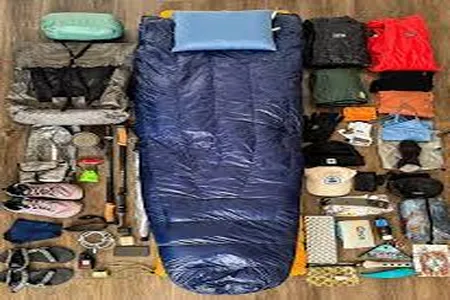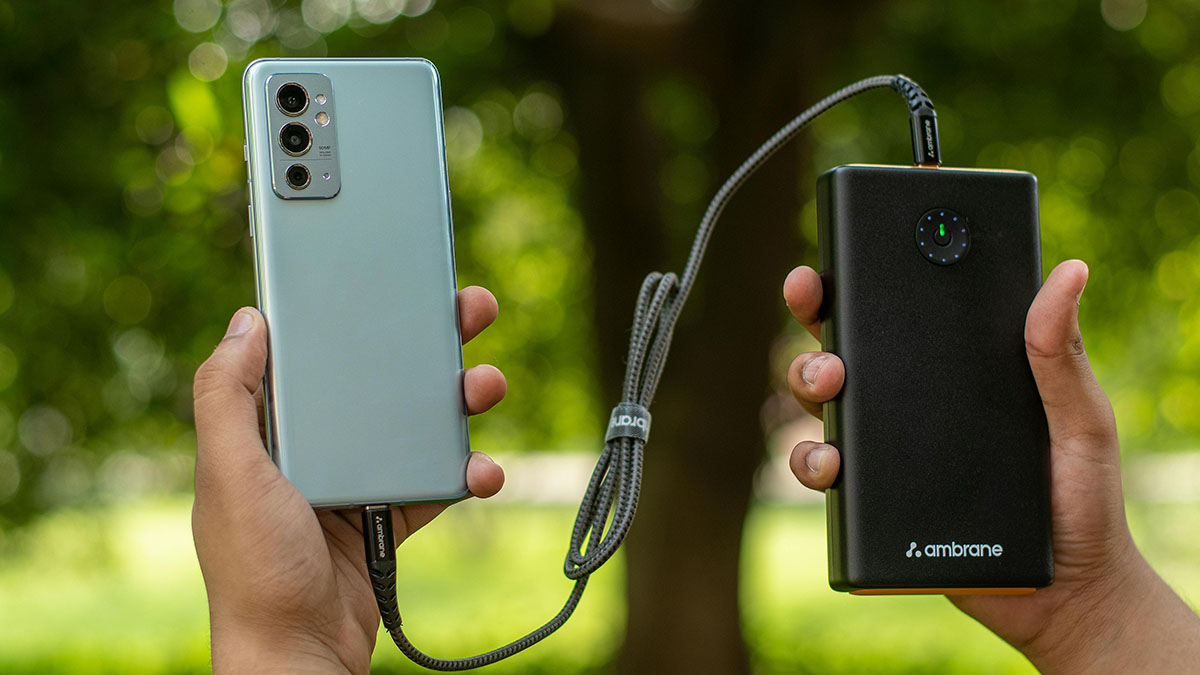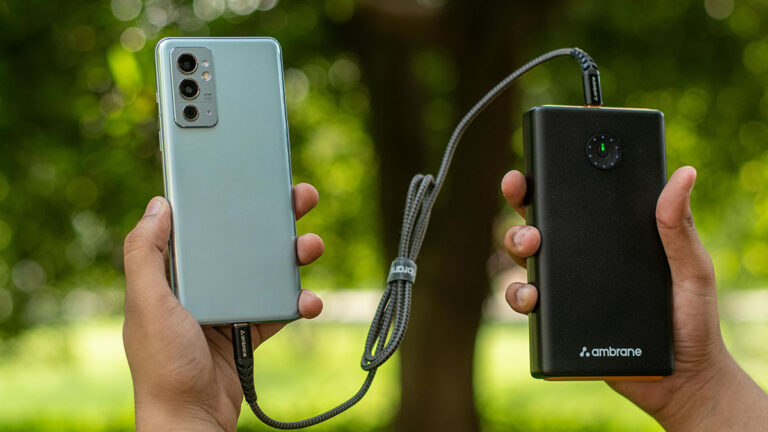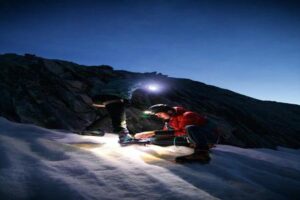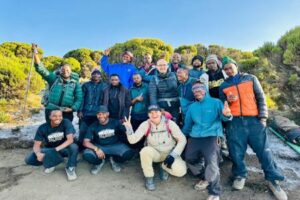Table of Contents
Kilimanjaro Packing List: Essential Gear for Your Trek | Kili Quests
Packing the right gear is one of the most important steps to having a safe, comfortable, and successful Kilimanjaro trek. With extreme temperature changes — from humid rainforests to freezing summit nights — smart packing makes all the difference.
At Kili Quests, we’ve helped hundreds of climbers prepare for the mountain. This guide covers everything you need: clothing, footwear, accessories, sleeping gear, paperwork, and more.Download your Kilimanjaro Packing List
Kilimanjaro Summit Day Gear Checklist – Summit night is brutal — make sure you have the right gear ready.
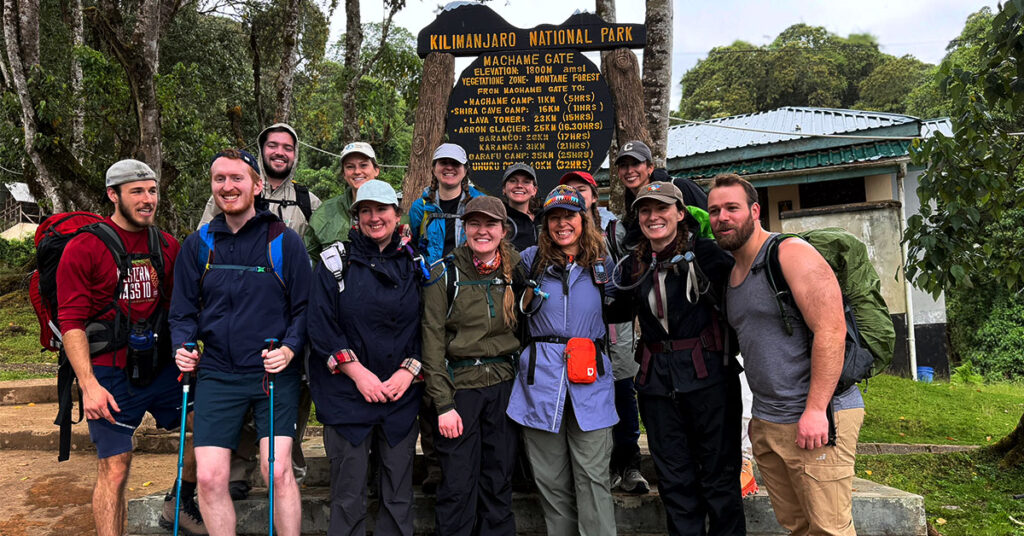
Clothing for Kilimanjaro
Layering is key. Temperatures drop as you gain altitude, so bring clothing you can add or remove easily:
- Waterproof Insulated Jacket – For wind, rain, and summit night
- Warm Fleece or Down Jacket – Mid-layer warmth for cold camps
- Rain Jacket & Rain Pants – Lightweight and fully waterproof
- Fleece Pants – Cozy for camp evenings
- Convertible Hiking Pants – Versatile for daytime hiking
- Long & Short-Sleeved T-Shirts (2 each) – Base layers for different conditions
- Thermal Long Johns – Thick and warm for freezing nights
- Hiking Shorts – Great for warm days early in the trek
Kilimanjaro Packing List

Headwear & Handwear
Protect your most exposed areas from sun and cold:
Headwear:
- Sun Hat or Brimmed Cap
- Warm Hat (wool or fleece)
- Balaclava or Buff (essential for summit night)
Gloves:
- Thick Insulated Gloves – For cold nights and summit
- Thin Waterproof Gloves – For milder weather and layering
Footwear for the Trek
Footwear makes or breaks your trek. Choose well and break them in early.
- Waterproof Hiking Boots – Strong ankle support and good grip
- Trail Shoes or Sneakers – For relaxing at camp or wet boots backup
- Camp Sandals – For comfort after a long hike
- Gaiters (2) – Protect from snow, rocks, and mud
- Hiking Socks (5 pairs) – Thick, breathable, moisture-wicking
- Sock Liners (4 pairs) – Reduce friction and prevent blisters
Accessories to Stay Comfortable
- Sunglasses – UV protection at high altitudes
- Water Bladder (2–3L) – Easy access hydration while hiking
- Water Bottle (1L) – Backup for short stops
- Quick-Dry Towel – For cleaning up at camp
Sleeping & Trekking Equipment
- Sleeping Bag (0°F or -17°C) – Three-season or alpine-rated
- Sleeping Bag Liner – Adds warmth and keeps bag clean
- Duffel Bag (70–90L, waterproof) – Porters carry this
- Daypack (30–35L, waterproof) – Your personal daily gear bag
Personal Gear & Tools
- Headlamp with Extra Batteries – Required for summit night and dark camps
- Trekking Poles (collapsible) – Reduces impact on knees
- Camera or Smartphone – Capture the moments (bring spare battery)
- Power Bank – To keep devices charged in remote areas
Toiletries & Hygiene
- Sunscreen (SPF 30+)
- Lip Balm (with SPF)
- Insect Repellent
- Wet Wipes
- Hand Sanitizer
- Toilet Paper
- Ear Plugs (for noisy camps)
- Small First Aid Kit
- Blister Kit (Moleskin, bandages)
Stay clean and comfortable on the mountain with these smart packing tips
Important Documents
- Passport – Must be valid for at least 6 months
- Tanzania Entry Visa – Check entry rules for your nationality
- Travel & Medical Insurance – Required for emergencies
- COVID-19 PCR Test (if required) – Based on entry guidelines

Final Packing Tips
- Pack light – Porters carry 15kg- 20 kg max
- Use dry bags or zip locks inside your duffel
- Break in your boots and test your gear before your trip
Missing gear? You can rent high-quality trekking items in Moshi or Arusha before the trek.
Ready to Trek?
Packing smart for Kilimanjaro means you’ll stay warm, dry, and energized — from the rainforest to the summit. Use this checklist to prepare confidently for every step of your journey.
At Kili Quests, our team is here to guide you through every detail — from gear inspection to summit day. Let’s get you ready for the adventure of a lifetime.
Reach out now for personalized packing advice or to reserve your climb with our expert team.Our starter guide explains everything you need — and what to leave behind
Related Articles
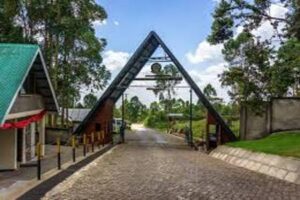
Kilimanjaro Porters: Unsung Heroes of the Summit
April 15, 2025
No Comments
Table of Contents What Porters Do Behind the Scenes on Kilimanjaro | Kili Quests The True Backbone of Every Climb Every Kilimanjaro success story
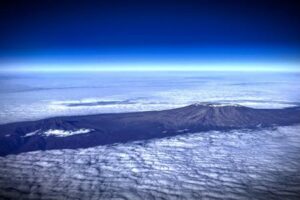
All-Inclusive Kilimanjaro Tour: Meals, Gear, Guides & More
April 9, 2025
No Comments
Table of Contents Kilimanjaro Climbing Package: What’s Included | Kili Quests Climbing Mount Kilimanjaro is one of the most rewarding adventures on earth —

Complete Kilimanjaro Trek Tipping Guidelines
April 15, 2025
No Comments
Table of Contents Kilimanjaro & Safari Tipping Guide: How Much to Tip | Kili Quests Tipping on Kilimanjaro and Safari – Why It Matters


